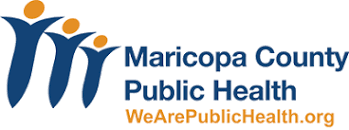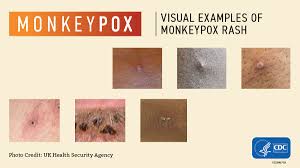As you may have heard, the Voices of Maricopa County Dashboard has officially launched! Created in collaboration with mySidewalk, this interactive dashboard illustrates the impact of the COVID-19 pandemic on community health by combining population data with the lived experiences of Maricopa County residents.
In it, you’ll find:
- The top community health and social needs expressed by county residents;
- Data collected from the Maricopa County Department of Public Health designed COVID-19 Impact Survey and Focus Groups, including 14,380 survey responses and feedback from 186 focus group participants;
- Eye-opening quotes from residents describing the effects of the COVID-19 pandemic on their lives;
- An opportunity for users to send their own stories which may be featured on the dashboard; and
- Valuable insight for community organizations and policymakers looking to support the improvement of community health
The dashboard is free, easy to use, and doesn’t require a log-in to access. You’re welcome to read the press release for further details. You can begin exploring at: dashboards.mysidewalk.com/


